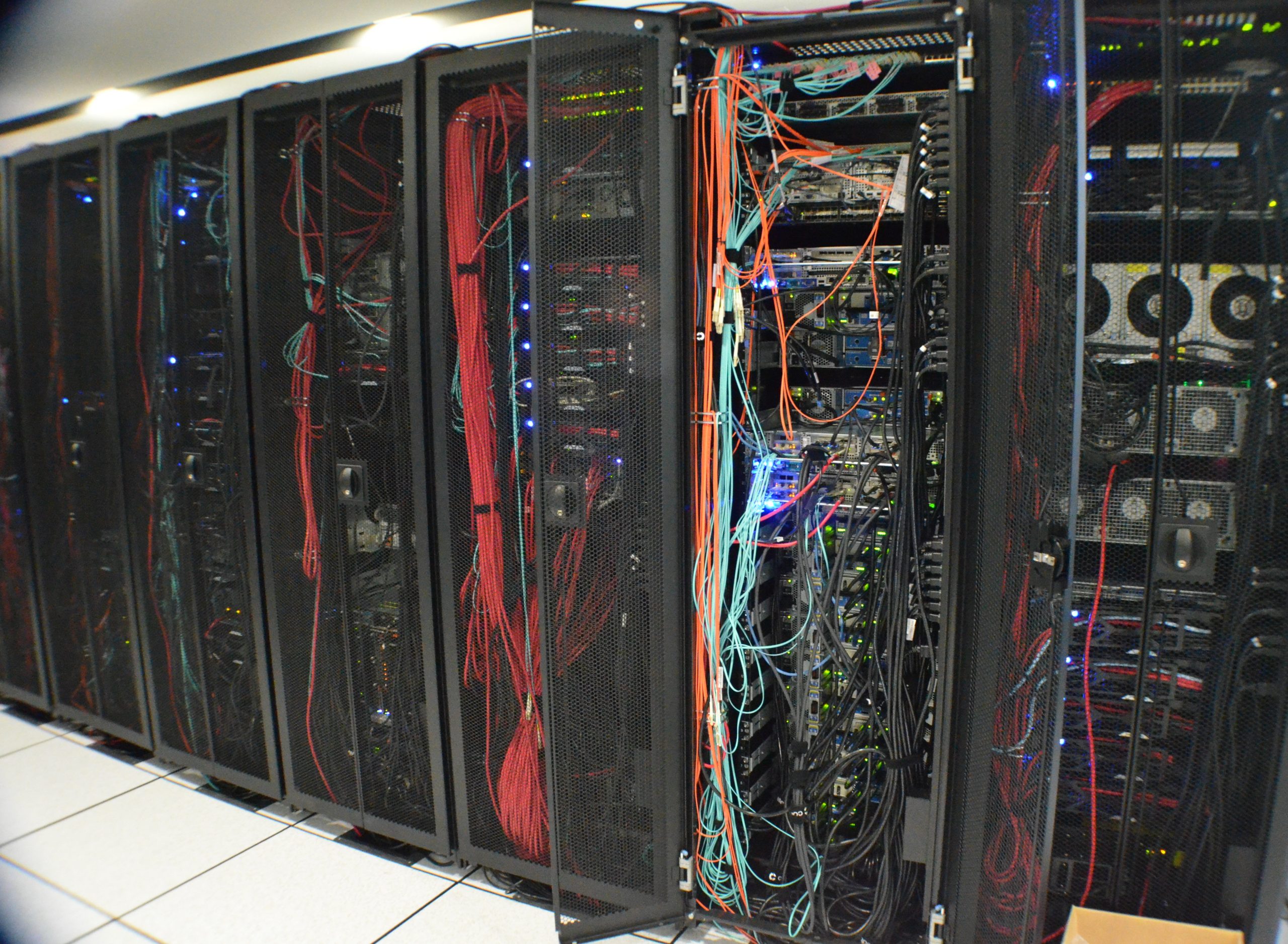
Network Virtualization
Network Virtualization (NV) refers to abstracting network resources that were traditionally delivered in hardware to software. NV can combine multiple physical networks to one virtual, software-based network, or it can divide one physical network into separate, independent virtual networks.
Network virtualization software allows network administrators to move virtual machines across different domains without reconfiguring the network. The software creates a network overlay that can run separate virtual network layers on top of the same physical network fabric.
Why network virtualization?
Network virtualization is rewriting the rules for the way services are delivered, from the software-defined data center (SDDC), to the cloud, to the edge. This approach moves networks from static, inflexible, and inefficient to dynamic, agile, and optimized. Modern networks must keep up with the demands for cloud-hosted, distributed apps, and the increasing threats of cybercriminals while delivering the speed and agility you need for faster time to market for your applications. With network virtualization, you can forget about spending days or weeks provisioning the infrastructure to support a new application. Apps can be deployed or updated in minutes for rapid time to value.
How does network virtualization work?
Network virtualization decouples network services from the underlying hardware and allows virtual provisioning of an entire network. It makes it possible to programmatically create, provision, and manage networks all in software, while continuing to leverage the underlying physical network as the packet-forwarding backplane. Physical network resources, such as switching, routing, firewalling, load balancing, virtual private networks (VPNs), and more, are pooled, delivered in software, and require only Internet Protocol (IP) packet forwarding from the underlying physical network.
Network and security services in software are distributed to a virtual layer (hypervisors, in the data center) and “attached” to individual workloads, such as your virtual machines (VMs) or containers, in accordance with networking and security policies defined for each connected application. When a workload is moved to another host, network services and security policies move with it. And when new workloads are created to scale an application, necessary policies are dynamically applied to these new workloads, providing greater policy consistency and network agility.
Benefits of network virtualization
Network virtualization helps organizations achieve major advances in speed, agility, and security by automating and simplifying many of the processes that go into running a data center network and managing networking and security in the cloud. Here are some of the key benefits of network virtualization:
- Reduce network provisioning time from weeks to minutes
- Achieve greater operational efficiency by automating manual processes
- Place and move workloads independently of physical topology
- Improve network security within the data center
